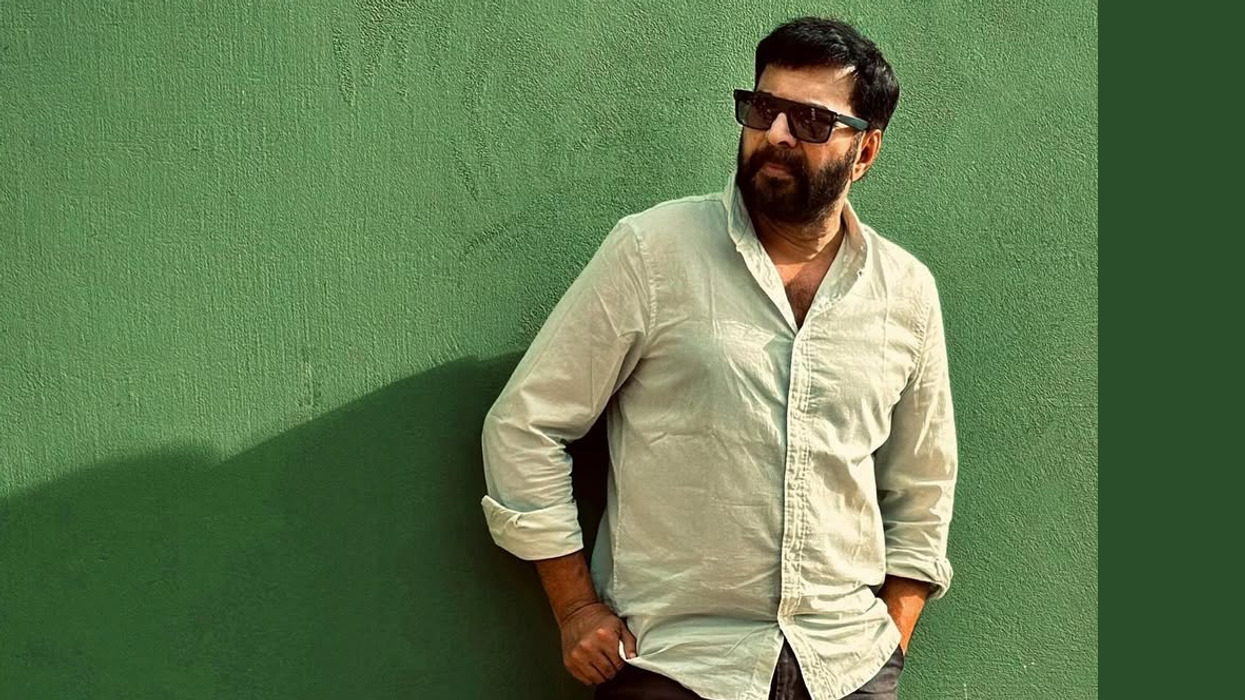AUTHOR REWROTE WITNESS FOR THE PROSECUTION TO GIVE IT A SECOND TWIST
by AMIT ROY
ONE of Agatha Christie’s best loved classics, Witness for the Prosecution, is currently playing at the London County Hall on the South Bank.
The venue used to be the headquarters of the Greater London Council until Margaret Thatcher became so exasperated with its leader Ken Livingstone – “Red Ken” – that she pressed the nuclear button and got rid of the GLC altogether in 1986. But inside the building, Livingstone’s name and those of other senior politicians from the past are etched forever on the marble walls. The GLC’s old debating chamber served perfectly as a readymade courtroom.
The play’s director, Lucy Bailey, enthused: “I knew at once it was a gift of a space – most Londoners know of County Hall but have never been inside. As soon as I saw the amazing secret chamber, I knew it was perfect for staging Christie’s courtroom drama.”
This is where Leonard Vole (played by Taz Skylar) is tried for the murder of his benefactor, Emily French, a wealthy older woman who leaves him everything in her will. He is given a working-class accent, though Christie’s characters tended to be solidly middle class.
Vole’s vengeful wife, Romaine (Alexandra Guelff), testifies against her own husband. However, the defence gets hold of an incriminating letter she has been writing to her lover, which leads to Vole’s acquittal.
The audience, delighted an innocent man has escaped the gallows – the judge has been toying menacingly with a black cap – applauded loudly. Of course, there were those who were unaware of the last-minute twist to come. There were shocked gasps when Vole, aware he could not be tried twice for the same crime under the “double jeopardy” rule, cheerfully announced he had killed French for her money. Romaine, his partner in crime, also admitted the letters she had written were fake in order to discredit her evidence as a witness for the prosecution.
Incidentally, Christie was uneasy she had allowed Vole to get away with murder. I, too, had been shocked when I had first read Witness for the Prosecution as a young boy in India. The author went back and rewrote the ending. In London last week, there were audible gasps from the audience for a second time. I won’t spoil it for new audiences except to say there was a twist to the twist.
Many Eastern Eye readers will be familiar with Witness for the Prosecution, which hasn’t lost its lure after nearly a century, and her other great classics, such as The Murder of Roger Ackroyd and 4.50 from Paddington. In London, The Mousetrap, which premiered in 1952 and to which I have twice taken friends from India, is still playing in the West End after 67 years – a world record.
Witness for the Prosecution began as a short story, initially published as Traitor’s Hands in Flynn’s, a weekly pulp magazine, in the edition of January 31, 1925. In 1933, the story was published for the first time as Witness for the Prosecution in the collection, The Hound of Death, that appeared only in the United Kingdom. In 1948, it was finally published in the United States in the collection Witness for the Prosecution and Other Stories.
My souvenir programme, which I will preserve, informed me that Christie wrote 66 crime novels, 150 short stories and 20 plays. Over 2 billion copies of her books in 100 languages have been sold. The programme also carries an insightful quote from her grandson, Mathew Pritchard, who recalled: “During the period when she was writing plays that we all remember, I actually knew her quite well. She was absolutely fascinated by the whole business of deceiving an audience. She knew how to deceive an audience that was reading a book, she’d done it for years and was an expert. But to her, the real fascination was how to deceive hundreds of people in a theatre, so that they don’t know who’s done it until the very end.”

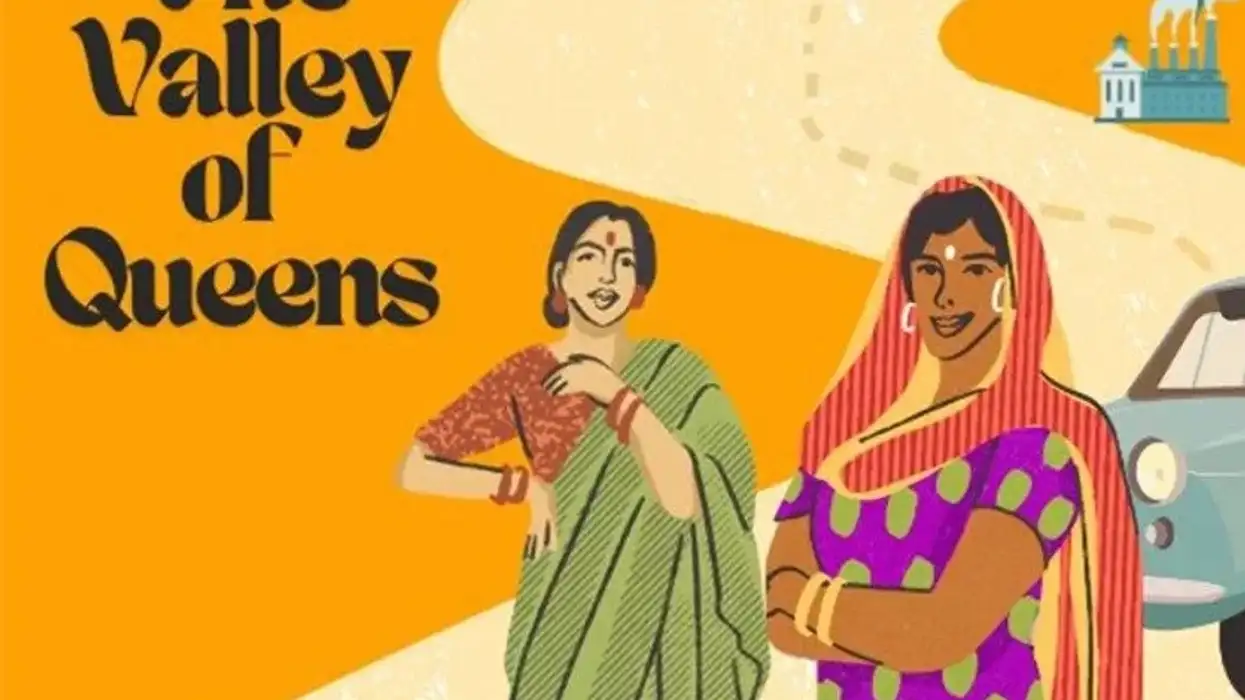
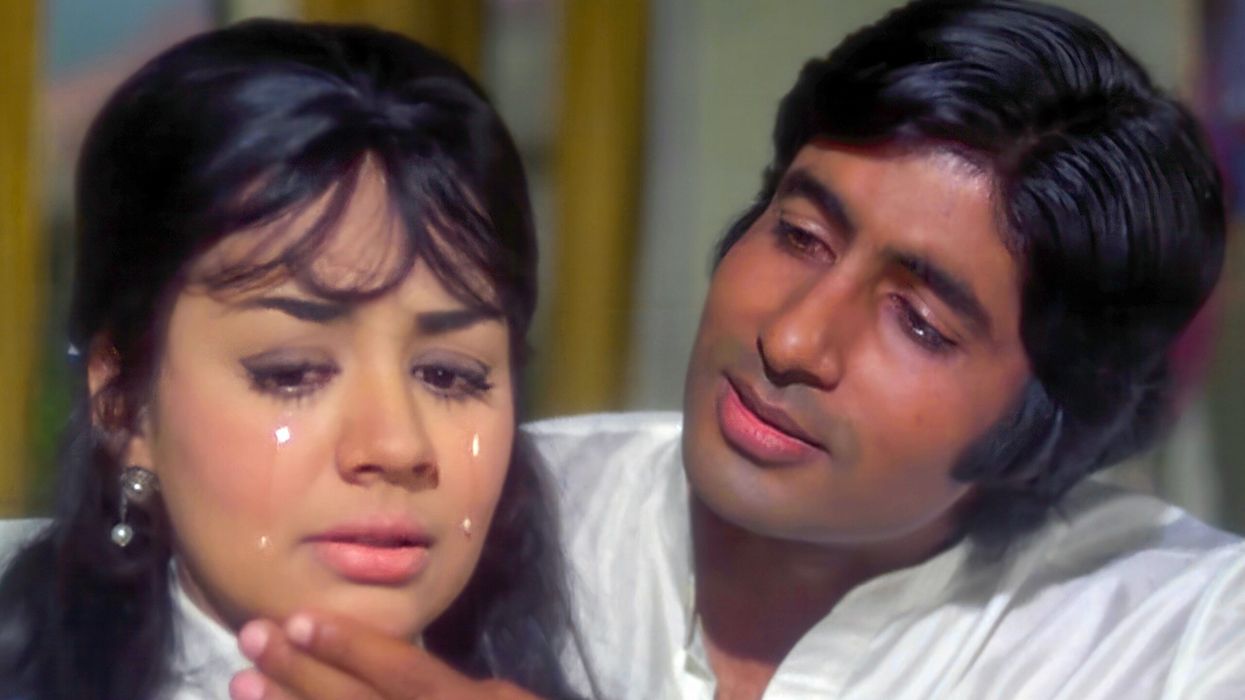

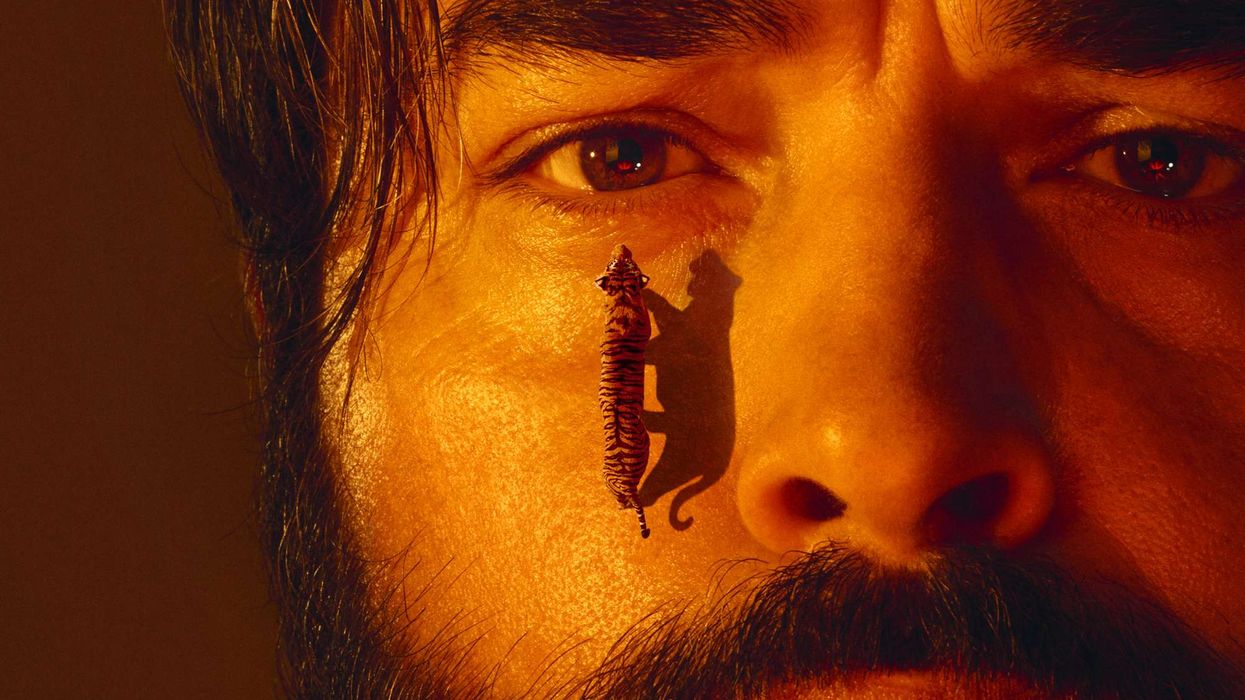
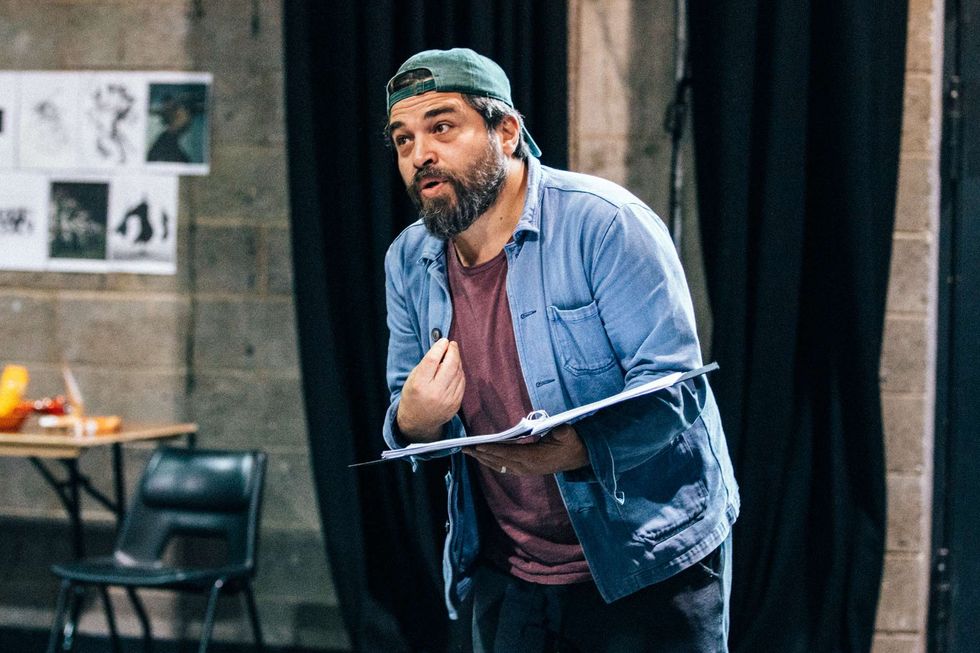 Ammar says the play’s script itself served as a compass in navigating Musa’s divided psycheIsha Shah
Ammar says the play’s script itself served as a compass in navigating Musa’s divided psycheIsha Shah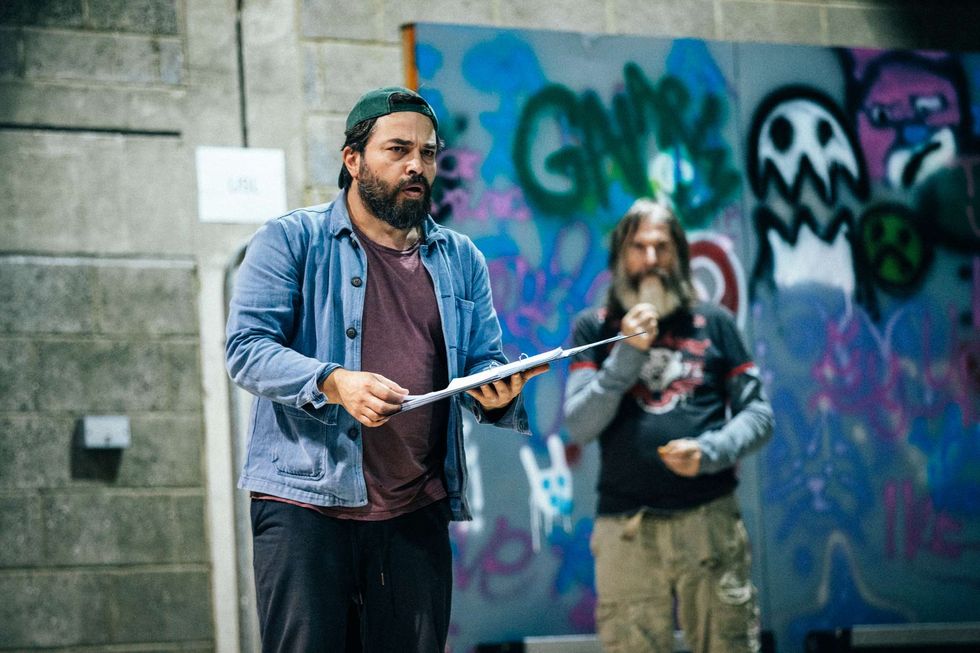 Bengal Tiger at the Baghdad Zoo runs at the Young Vic Theatre in London from December 2 – 31 January 31 2026Isha Shah
Bengal Tiger at the Baghdad Zoo runs at the Young Vic Theatre in London from December 2 – 31 January 31 2026Isha Shah




